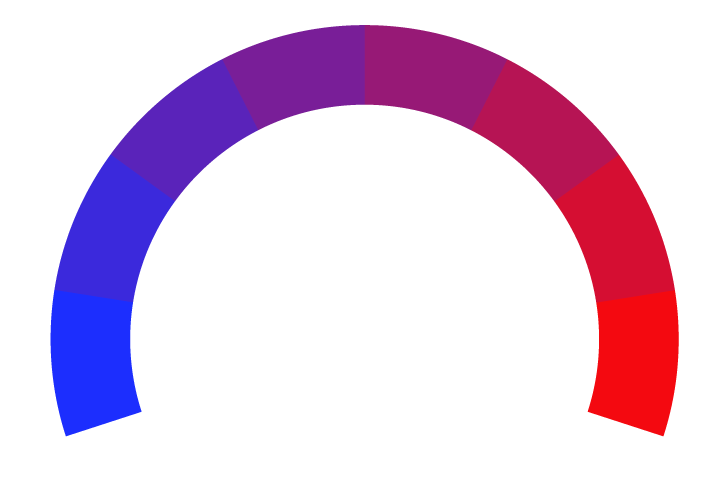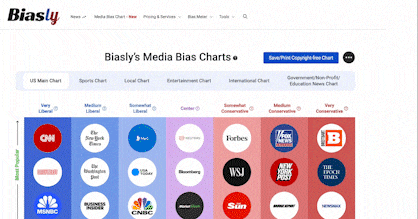The Supreme Court has chipped away at the Voting Rights Act for years. Will this case be the final blow?
- Bias Rating
- Reliability
60% ReliableAverage
- Policy Leaning
10% Center
- Politician Portrayal
-58% Negative
Continue For Free
Create your free account to see the in-depth bias analytics and more.
By creating an account, you agree to our Terms and Privacy Policy, and subscribe to email updates.
Bias Score Analysis
The A.I. bias rating includes policy and politician portrayal leanings based on the author’s tone found in the article using machine learning. Bias scores are on a scale of -100% to 100% with higher negative scores being more liberal and higher positive scores being more conservative, and 0% being neutral.
Sentiments
-17% Negative
- Liberal
- Conservative
| Sentence | Sentiment | Bias |
|---|---|---|
Unlock this feature by upgrading to the Pro plan. | ||
Reliability Score Analysis
Policy Leaning Analysis
Politician Portrayal Analysis
Bias Meter
Extremely
Liberal
Very
Liberal
Moderately
Liberal
Somewhat Liberal
Center
Somewhat Conservative
Moderately
Conservative
Very
Conservative
Extremely
Conservative
-100%
Liberal
100%
Conservative

Contributing sentiments towards policy:
58% : But almost immediately, a group of self-identified non-Black voters brought a new lawsuit.57% : Most notably, the Supreme Court in 2013 struck down the part of the VRA that determined which jurisdictions had a history of discrimination and needed to get federal permission before changing their voting laws.
54% : " A landmark law meets a constitutional challenge The case centers on Section 2 of the Voting Rights Act, the key provision of the law that broadly prohibits discrimination in voting practices on the basis of race or creed.
50% : But it's unclear if the Supreme Court will rule quickly enough for state legislatures to act before primary contests, which start as early as March in some states.
49% : A divided panel of federal judges ruled in favor of the new challengers, finding that race played a primary role in drawing the lines and that the new map unconstitutionally discriminated against the non-Black voters.
45% : President Donald Trump has been pushing red states across the country to redesign their congressional maps as Democrats fight to retake control over the House, leading California to counter with its own push that voters will decide on next month.
45% : Supporters say the requirement of what are called majority-minority districts prevents state legislatures from diluting minorities' voting power by either "cracking" communities -- scattering minority voters into numerous white-dominated (and frequently Republican-dominated) districts -- or "packing" districts by trying to fit as many minority voters into as few districts as possible so they end up underrepresented in the House or state legislature.
43% : " Much of the conservative legal world -- from Trump's Department of Justice to a string of GOP-led states and conservative advocacy organizations -- quickly piled on, arguing the "results"-based test of election outcomes, which has guided Voting Rights Act enforcement for decades, is no longer tenable.
37% : A group of Black voters sued, and a district court judge found in 2022 that the map likely violated Section 2 of Voting Rights Act by diluting the power of Black voters.
37% : "In short, this Court's Section 2 jurisprudence should account for the fact that, today, a State's failure to create a compact majority-minority district, even where demographically possible, is far more likely to reflect political motives than racial ones," Trump's Justice Department wrote.
*Our bias meter rating uses data science including sentiment analysis, machine learning and our proprietary algorithm for determining biases in news articles. Bias scores are on a scale of -100% to 100% with higher negative scores being more liberal and higher positive scores being more conservative, and 0% being neutral. The rating is an independent analysis and is not affiliated nor sponsored by the news source or any other organization.






















 POLITICO
POLITICO